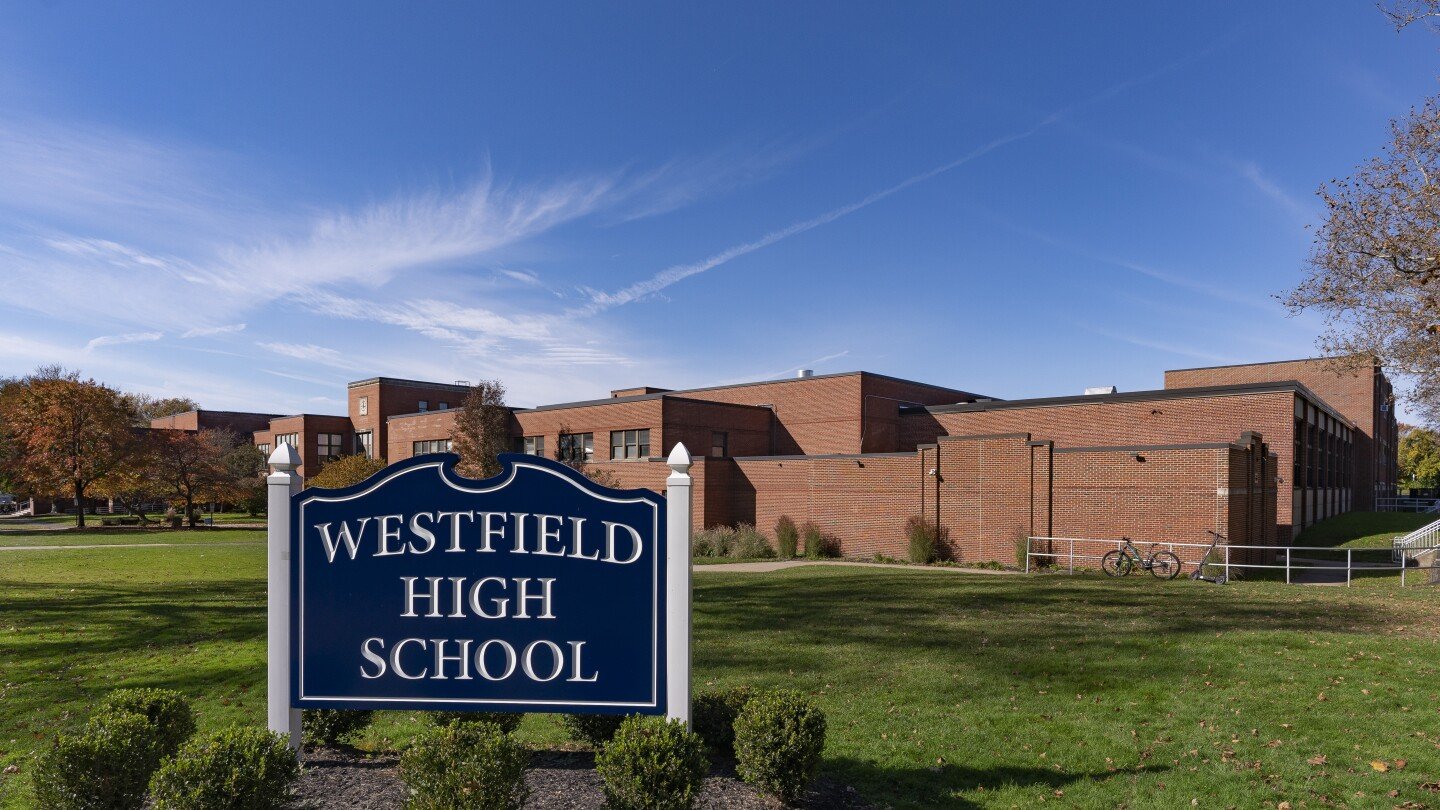A mother and her 14-year-old daughter are advocating for better protections for victims after AI-generated nude images of the teen and other female classmates were circulated at a high school in New Jersey.
Meanwhile, on the other side of the country, officials are investigating an incident involving a teenage boy who allegedly used artificial intelligence to create and distribute similar images of other students – also teen girls - that attend a high school in suburban Seattle, Washington.
The disturbing cases have put a spotlight yet again on explicit AI-generated material that overwhelmingly harms women and children and is booming online at an unprecedented rate. According to an analysis by independent researcher Genevieve Oh that was shared with The Associated Press, more than 143,000 new deepfake videos were posted online this year, which surpasses every other year combined.



The tools used to make these images can largely be ignored, as can the vast majority of what AI creates of people. Fake nudes and photos have been possible for a long time now. The biggest way we deal with them is to go after large distributors of that content.
When it comes to younger people, the penalty should be pretty heavy for doing this. But it’s the same as distributing real images of people. Photos that you don’t own. I don’t see how this is any different or how we treat it any differently than that.
I agree with your defamation point. People in general and even young people should be able to go after bullies or these image distributors for damages.
I think this is a giant mess that is going to upturn a lot of what we think about society but the answer isn’t to ban the tools or to make it illegal to use the tools however you want. The solution is the same as the ones we’ve created, just with more sensitivity.